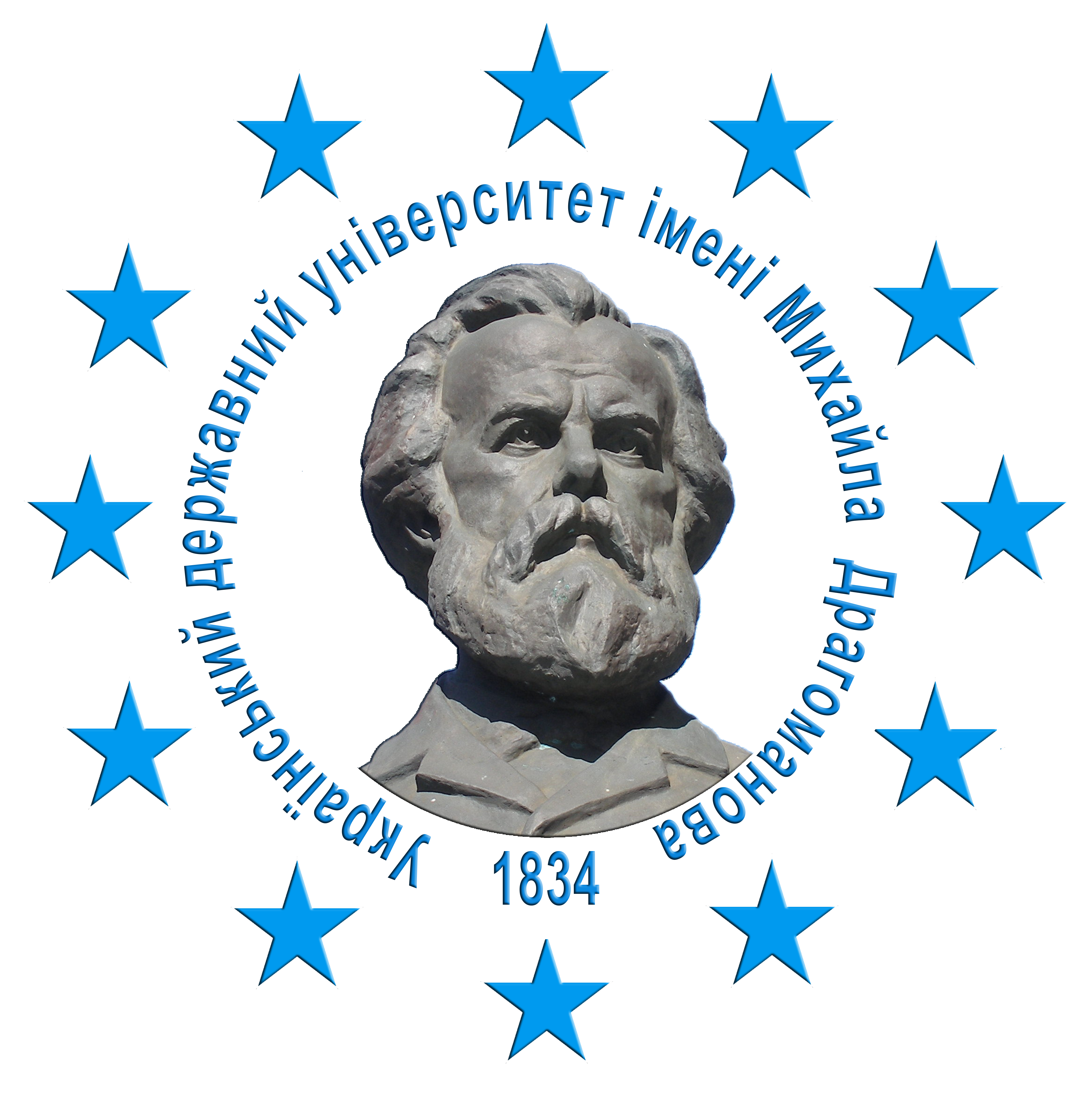STATUS, LEADERSHIP, AND ADMINISTRATIVE PRACTICES OF COMMUNITY COLLEGE IN NEPAL
DOI:
https://doi.org/10.32782/NPU-VOU.2023.2(89).14Keywords:
community campuses, higher education, Nepal, leadership.Abstract
Community colleges in Nepal, subsidized by the local community, have been preparing students to be productive members of the nation's futu re. The role of community colleges seems crucial in contributing in the field of Nepali academia from the date of its establishment. The pu rpose of this paper is to present the cu rrent status of Nepal Community College comparing to other Asian countries. This review study intends to provide a solution to the question of when Nepal's community college will have sufficient endowment to meet the needs of students and other stakeholders with a direct or indirect connection to the institution. It also explores if community campus leadershi p and supervision practices are sufficient to produce competent students who may be employable in Nepal and beyond. This article seeks to identify certain leadershi p and management approaches, as well as the growth of community colleges. Additionally, this material is based on years of experience obtained while working as a community college instructor.
References
Bangladesh, U. G. (2021). UGC Bangladesh. Ministry of Bangladesh. Author.
Bank, A. D. (2015). Innovative strategies in higher education for accelerated human resource development in South Asia: Nepal. 80.
Cohen, A. M. (2003). The American community college. San Francisco: Jossey-Bass.
Commission, U. G. (2021). Annual report.
Danao, D. C. (2008). “The medium-term higher education development plan and the local colleges and universities”. The Manila Bulletin Online.
Eddy, P. L. (2015). Developing tomorrow’s leaders: Contexts, consequences, & competencies. Washington, DC: Community College Series: Rowman & Littlefield and ACCT.
Grubb, W. (1996). Working in the Middle: Strengthening Education and Training for the Mid- Skilled Labor force. San Francisco.
Inter-Agency Network for Education in Emergencies (INEE). (2004). Minimum standards for education in emergencies, chronic crises and early reconstruction. London: Author.
Joshi, R. D. (2018). Higher education in Nepal: Supporting Aspirations for Prosperity”. Kathmandu https://edu4com.com/higher-educationin- nepalsupporting-aspirations-for-prosperity/.
Kahn, J. P. (2015). The style of leadership: A critical review. Public Policy and Administration Research.
Mandal, R. B. (2016). Public participation in governance of community college. A Multidisciplinary Journal, 7(1), 37–42.
Neupane, P. (2020). Policy framework for education development in Nepal. International Education Studies, 13(1), 2020.
Phelan, D. J. (2000-Feb). Enrollment Policies and Student Access at Community Colleges. Policy Paper. Department of Education, Washington, DC.; Amoco Foundation, Inc., Chicago, IL.
Phyak, P., & Ojha, L. P. (2019). Language education policy and inequalities of multilingualism in Nepal. In A. Kirkpatric & A. J. Liddicoat (Eds.), The Routledge International Handbook of Language Education Policy in Asia (pp. 341–354). Routledge. https://doi.org/10.4324/9781315666235-24.
Sharma, T. N. (2008). Structures and mechanisms of community Participation in school management. Journal of Education and Research, 191), 72–86. states, “. a. (Retrieved 13 June 2015).
Townsend, B. K. (1998). A feminist critique of organizational change in the community college. New Directions for Community Colleges.
Yarrington, R. (1978). American association of community and junior colleges.







